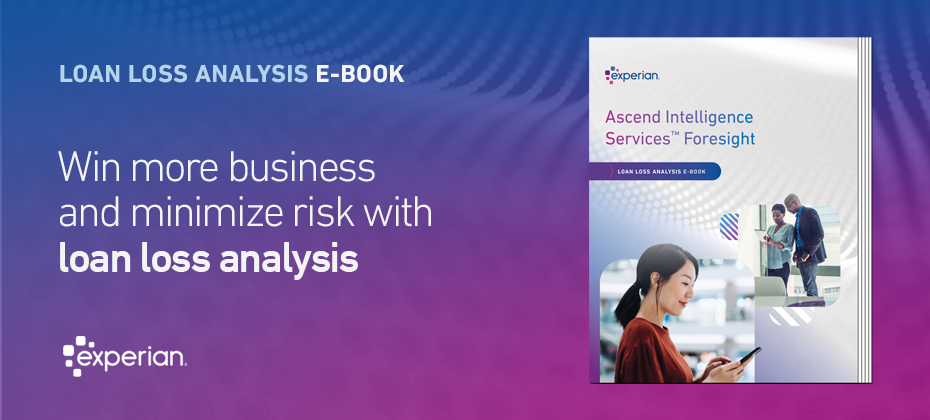
‘Big data’ might not be the buzzword du jour, but it’s here to stay. Whether trying to improve your customer experience, portfolio performance, automation, or new AI capabilities, access to quality data from varying data sources can create growth opportunities.
85 percent of organizations believe that poor-quality customer contact data negatively affects their operations and efficiencies, which leads to wasted resources and damages their brand. And 77 percent said that inaccurate data hurt their response to market changes during the pandemic.1
If you want to use data to drive your business forward, consider where the data comes from and how you can glean useful insights.
What is a data source?
A data source is a location where you can access information. It’s a broad description because data sources can come in different formats — the definition depends on how the data is being used rather than a specific storage type.
For example, you can get data from a spreadsheet, sensors on an internet of things device or scrape it from websites. You might store the data you gather using different types of databases. And in turn, those databases can be data sources for other programs or organizations.
Types of data sources
Many organizations have chief data officers, along with data engineers, scientists and analysts who gather, clean, organize and manage data. This important work relies on understanding the technical aspects of varying data sources and connections. And it can turn a disorganized pool of data into structured databases that business leaders can easily access and analyze.
From a non-technical point of view, it’s important to consider where the data comes from and the pros and cons of these data sources. For instance, marketers might define data sources as:
- First-party data: The data collected about customers and prospects, such as account details, transaction history and interactions with your website or app. The data can be especially valuable and insightful when you can connect the dots between previously siloed data sources within your organization.
- Zero-party data: Some organizations have a separate classification for information that customers voluntarily share, such as their communication preferences and survey results. It can be helpful to view this data separately because it reflects customers’ desires and interests, which can be used to further customize your messaging and recommendations.
- Second-party data: Another organization’s first-party data can be your second-party data if you purchase it or have a partnership that involves data sharing or data collaboration. Second-party data can be helpful because you know exactly where the information comes from and it can complement information you already have about customers or prospects.
- Third-party data: Third-party data comes from aggregators that collect and organize information from multiple sources. It can further enrich your customer view to improve marketing, underwriting, customer service and collection efforts.
READ: The Realizing a Single Customer View white paper explores how organizations can use high-quality data to better understand their customers.
How can a data-driven approach benefit your business?
Organizations use data science to make sense of the increasingly large flow of information from varying data sources. A clear view can be important for driving growth and responding to changing consumer preferences and economic uncertainty.
A 2022 survey of U.S. organizations found high-quality data can help:2
- Grow your business: 91 percent said investing in data quality helped business growth.
- Improve customer experience: 90 percent said better data quality led to better customer experiences.
- Increase agility: 89 percent said best practices for data quality improved business agility.
You can see these benefits play out in different areas. For example, you can more precisely segment customers based on reliable geographic, demographic, behavioral and psychographic data. Or combine data sources to get a more accurate view of consumer risk and increase your AI-powered credit risk decisioning capabilities.
But building and scaling data systems while maintaining good quality isn’t easy. Many organizations have to manage multiple internal and external data sources, and these can feed into databases that don’t always communicate with one another.
Most organizations (85 percent) are looking toward automation to improve efficiency and make up for skill shortages. Most are also investing in technology to help them monitor, report and visualize data — making it easier to understandand use.3
WATCH: See how you can go from data to information to insight and foresight in the Using Business Intelligence to Unlock Better Lending Decisions webinar.
Access high-quality data from Experian
Digital acceleration has made accessing quality data more important than ever. This includes learning how to collect and manage your zero- and first-party data.
Experian’s data quality management solutions can help you aggregate, cleanse and monitor your data. And the business intelligence tools and platform democratize access, allowing non-technical business leaders to find meaningful insights.
You can also enhance your data sets with second- and third-party data. Our industry-leading data sources have information on over 245 million consumers and 32 million businesses, including proprietary data assets.
These include traditional credit bureau data, alternative credit data, automotive data, commercial credit data, buy now pay later data, fraud data and residential property data. And you can use our API developer portal to access additional third-party data sources within the same interface.
Learn more about Experian’s data sources.
1. Experian (2022). 2022 Global Data Management Research Report
2. Experian (2022). The Data Quality Imperative
3. Ibid.


